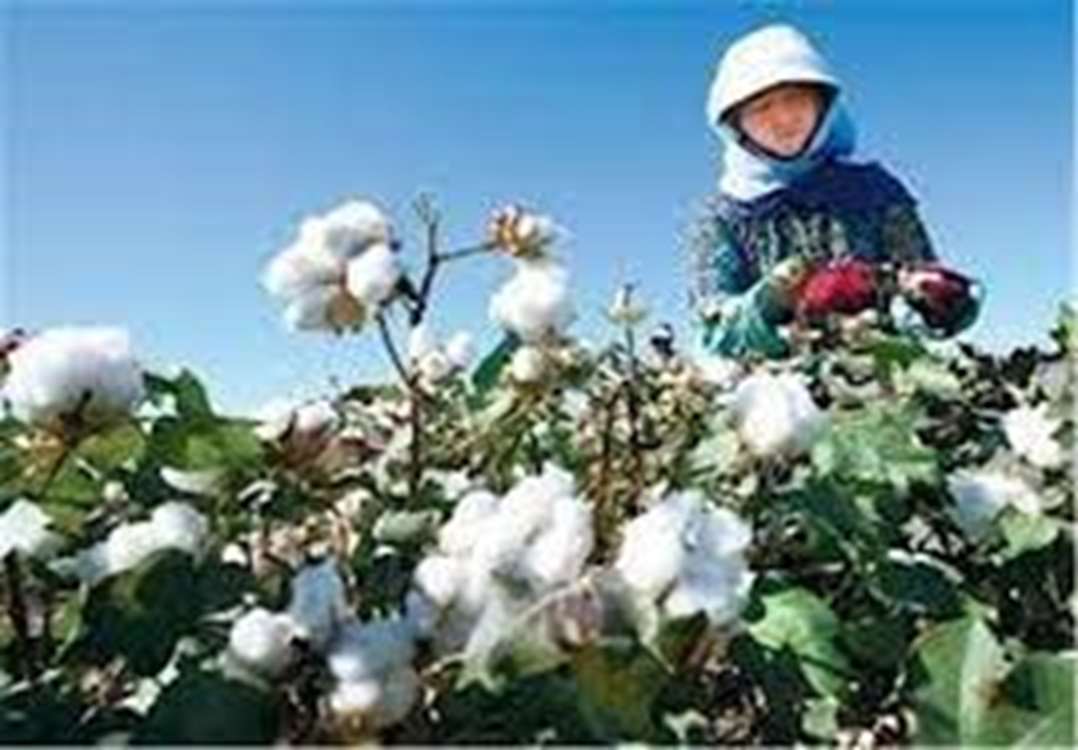Iran cotton output estimated to reach 300,000 tons

Iran’s cotton output estimated to reach 300,000 tons
Cotton production in Iran is projected to reach 300,000 tons
in the current Iranian calendar year (ends on March 19), an official with the
Agriculture Ministry said.
“So far (by end of Oct.), 12,000 tons
of seed cotton have been harvested from cotton fields across the country, and
this year’s harvest is expected to reach 300,000 tons,” according to Ebrahim
Hezarjaribi, the director of the ministry’s cotton production program.
He added, “The cotton harvest is underway in the provinces
of Golestan, Razavi Khorasan and Mazandaran, and it will get underway in other
provinces from early November.”
The first step in cotton processing is harvesting, and for
the farmers, it’s an important and personal process. It’s the culmination of
months of planting and tending, and it’s the most important step before the
cotton begins its traceability journey from the gin to the mill.
After the crop matures, harvesting begins. Harvesting too
soon can disrupt maturation, negatively affecting the fiber quality while
waiting too long can result in a reduced fiber yield.
Harvested cotton is called seed cotton because the fibers
are still attached to the seed. The principal function of a cotton gin is to
convert farmers’ harvests into salable commodities—fiber and seed—by separating
the cotton from the seed to ensure tiny bits of trash (like leftover seed) are
disposed of. Seed bits spun into yarn can cause the yarn to break and affect
the value of the commodity on the open market.




